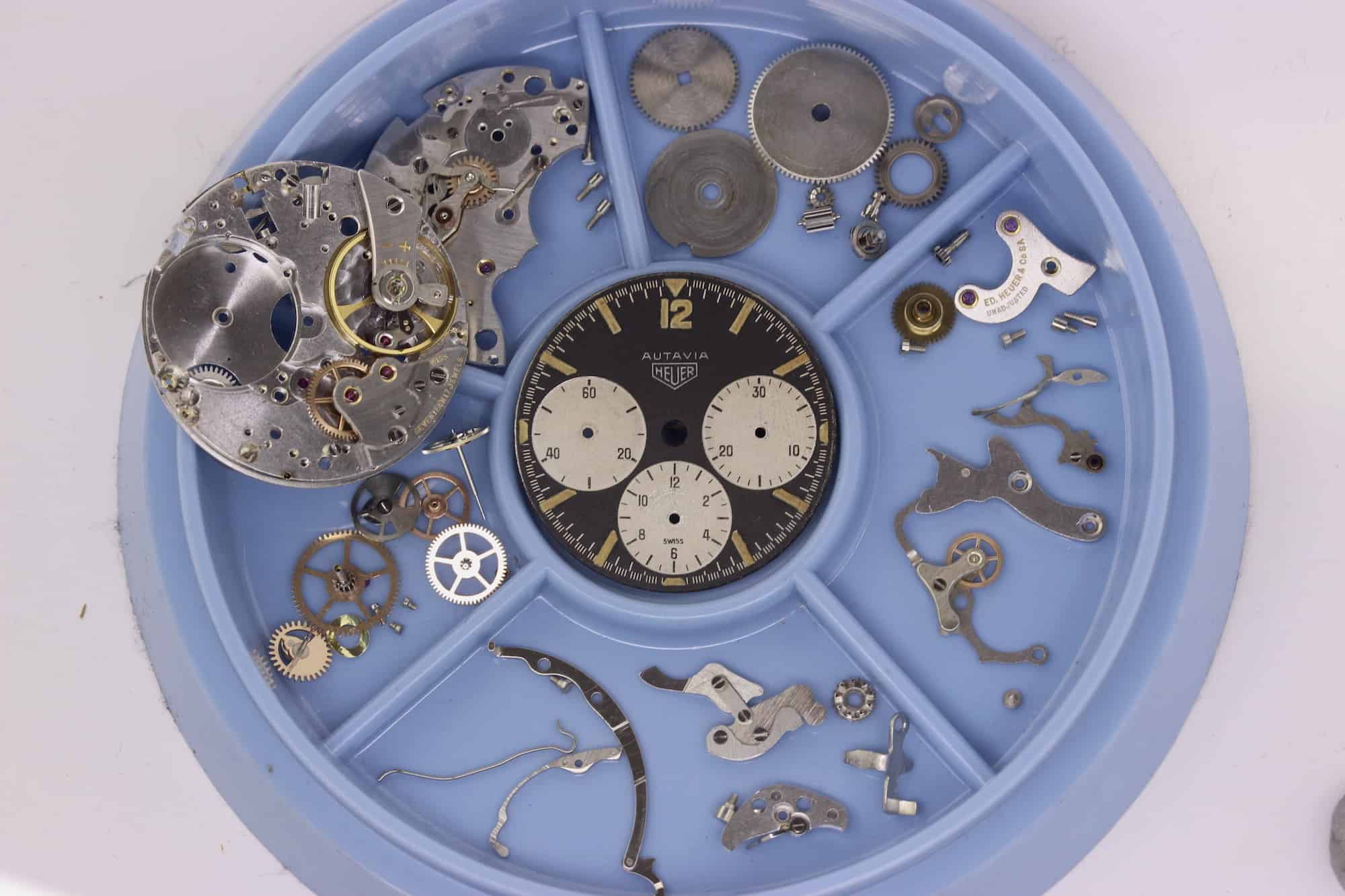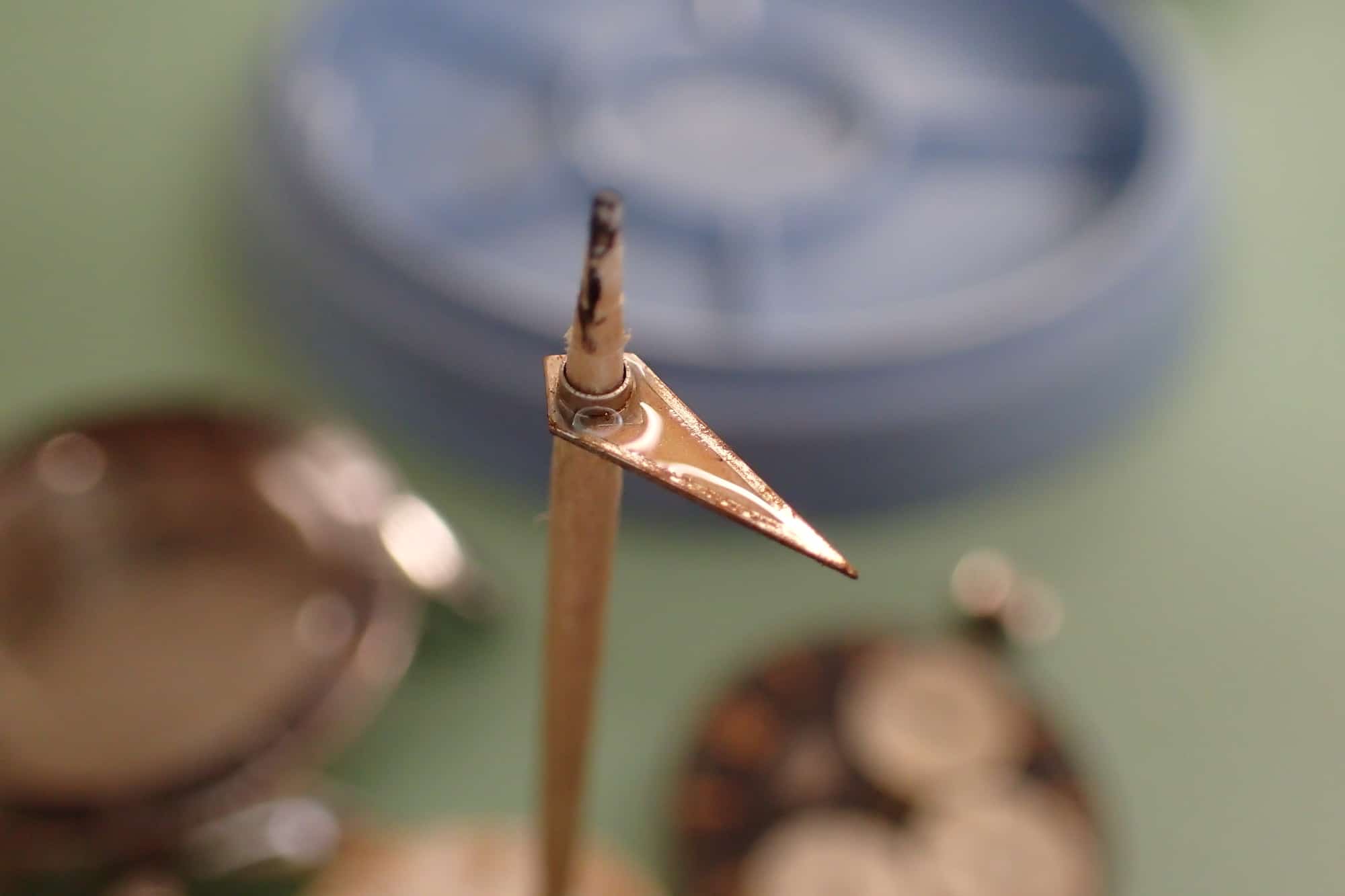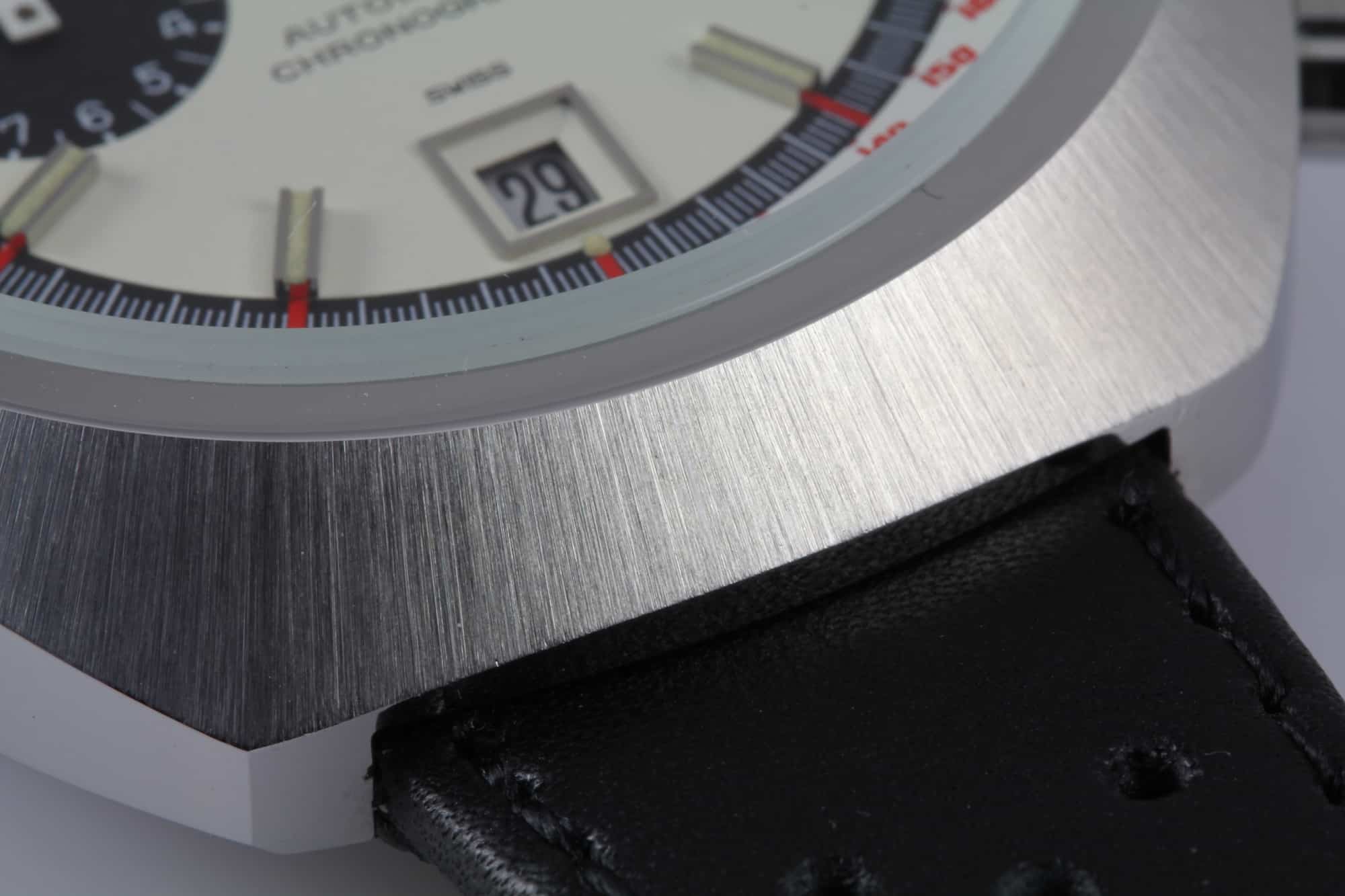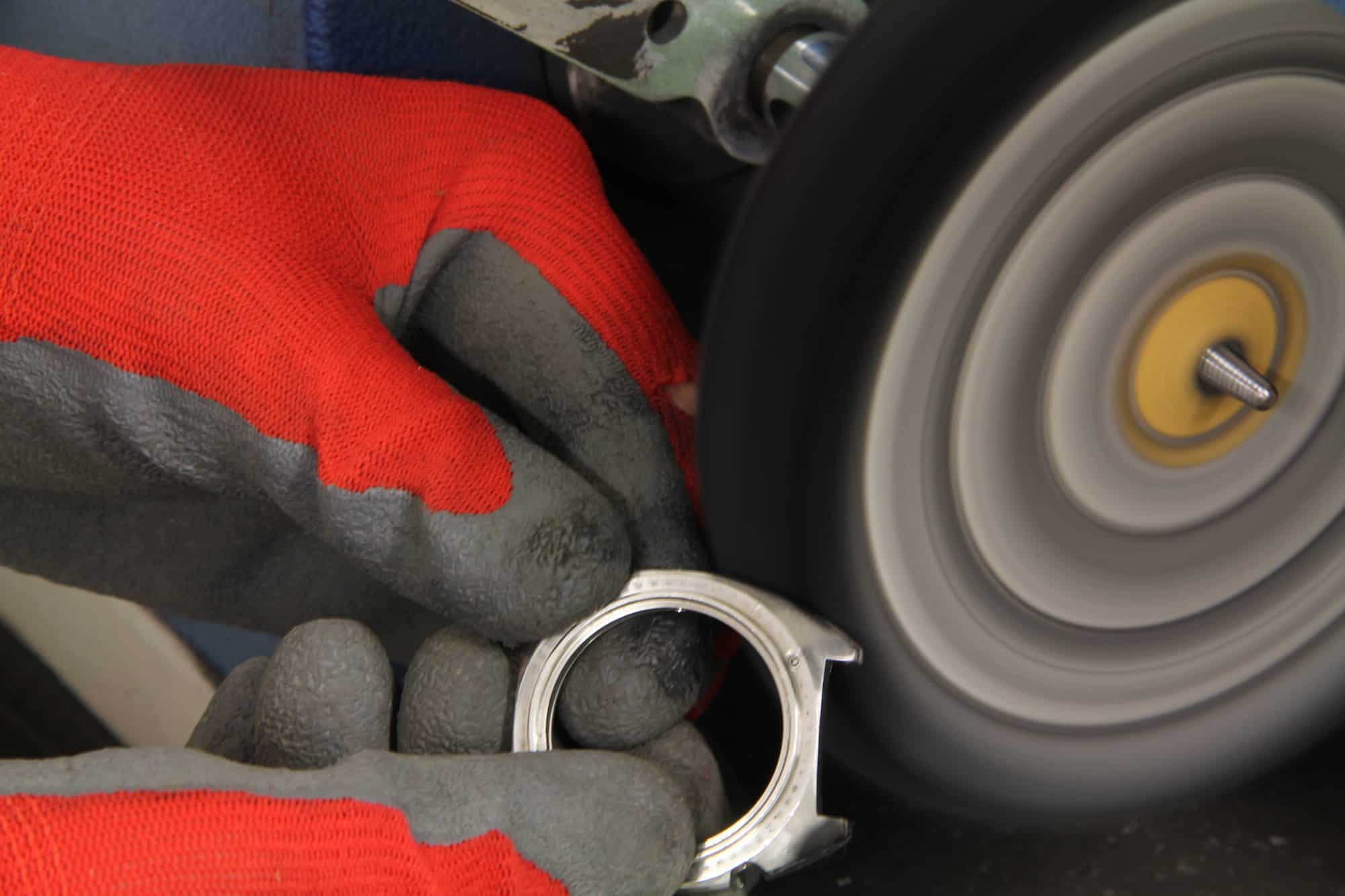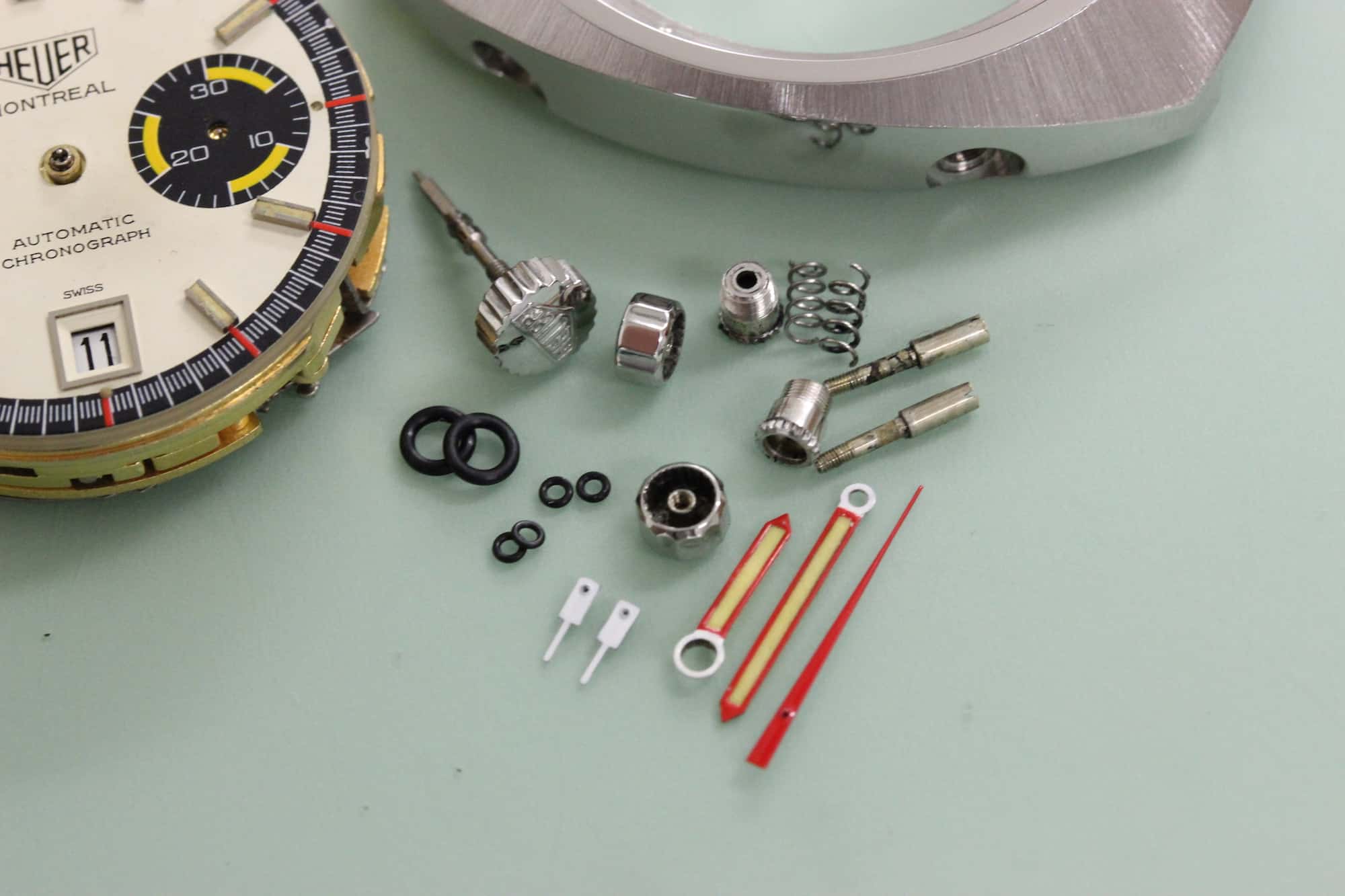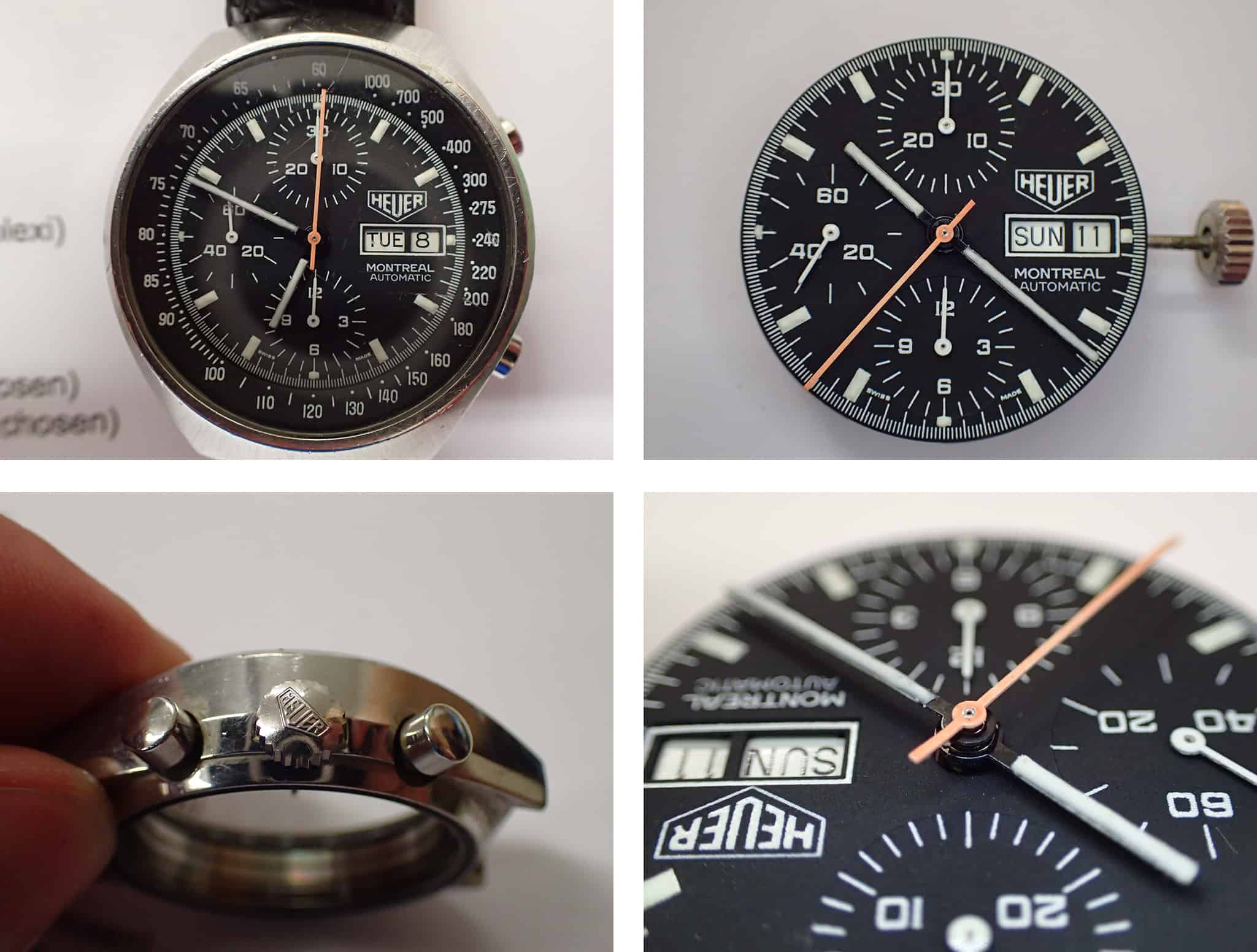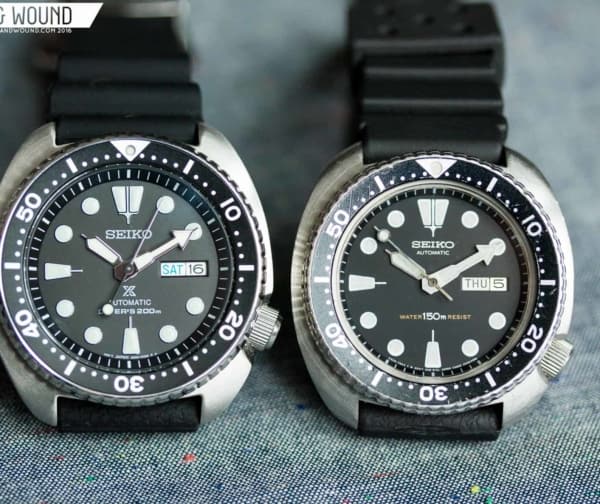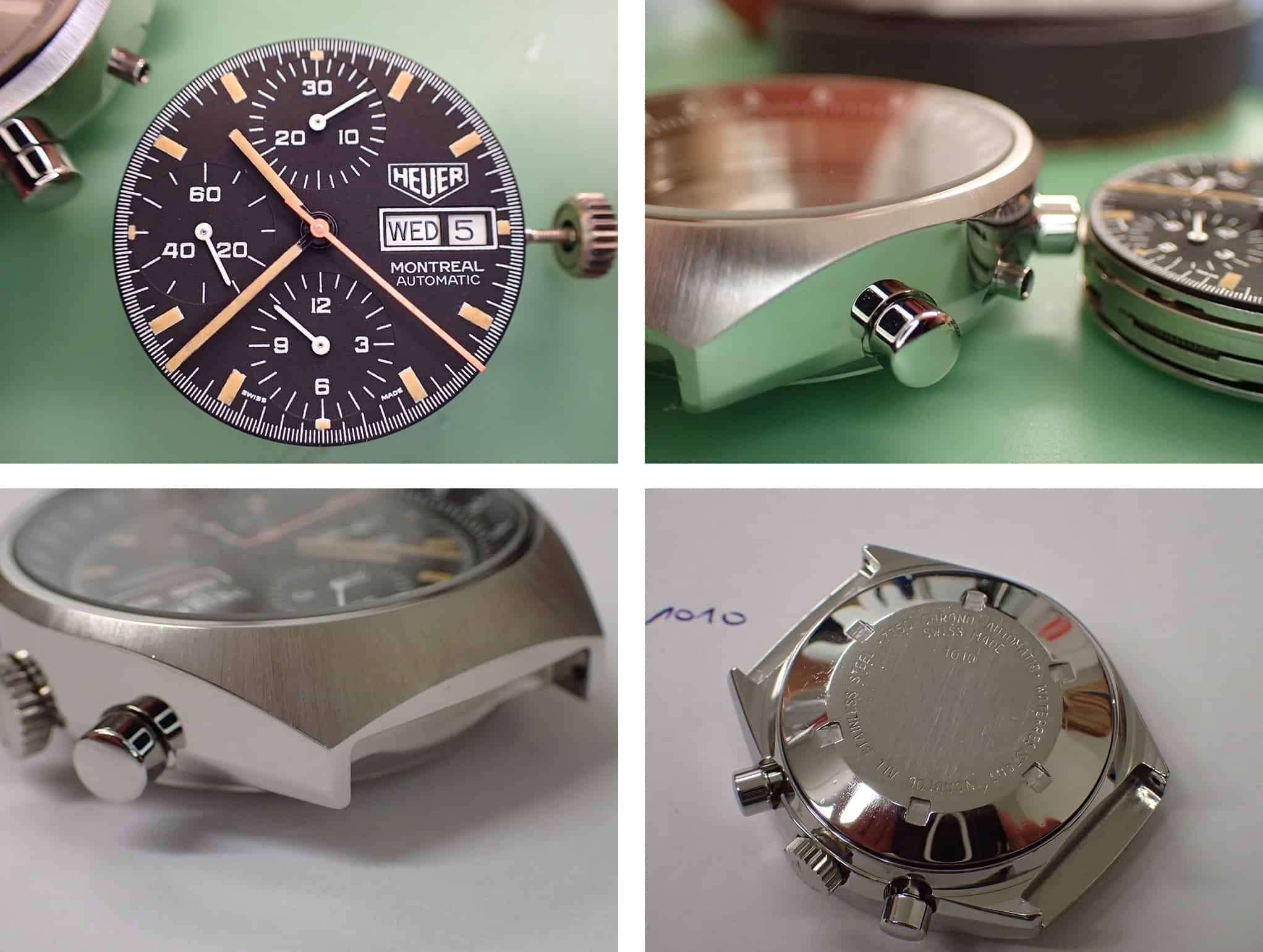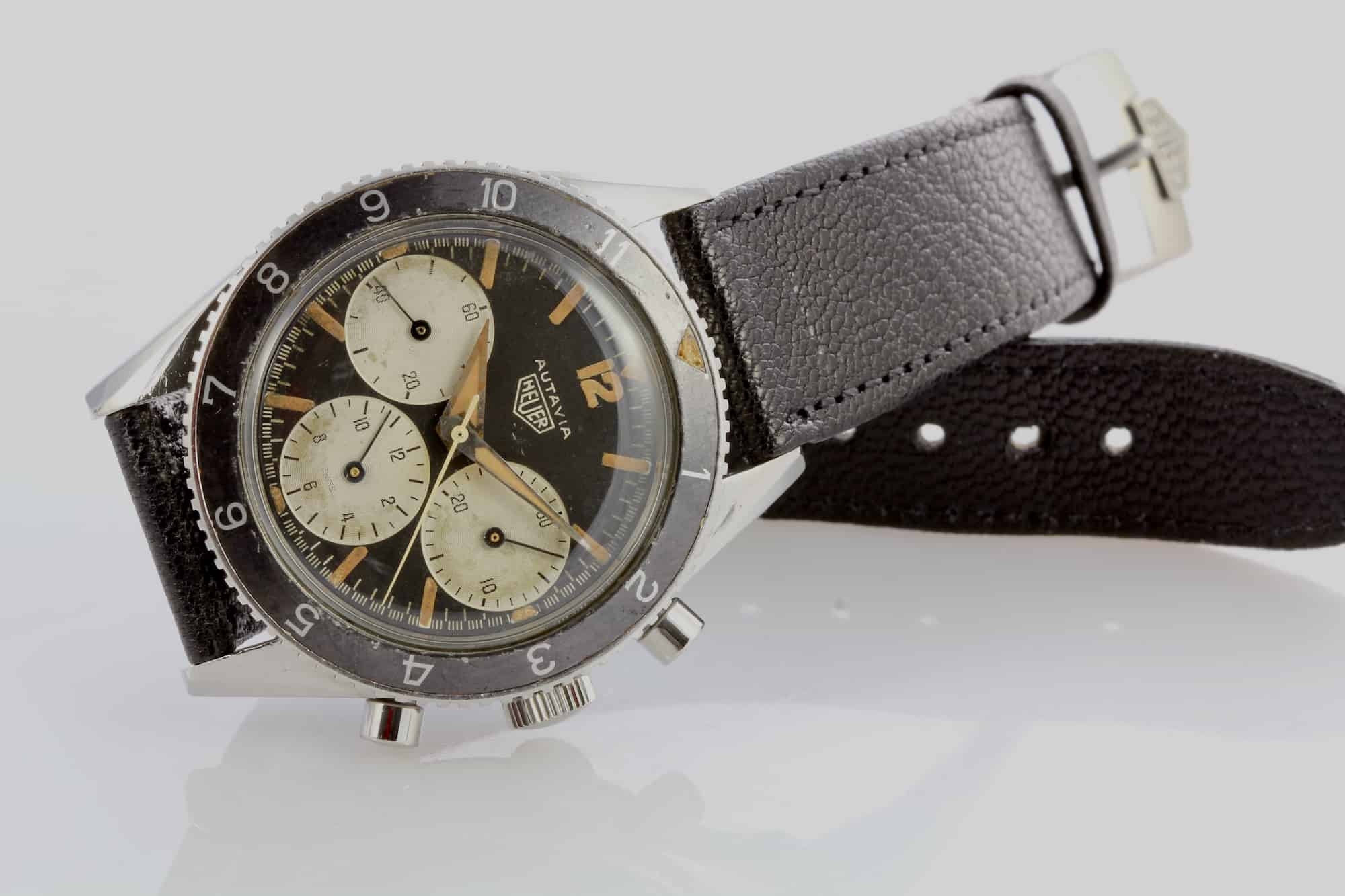Among the notable brand specialists the vintage watch world boasts, the illustrious Abel Court—the one-man operation behind HeuerTime—occupies a unique niche as not only an eminent collector and brand consultant, but also arguably the only name that matters when it comes to servicing and refurbishing vintage Heuer wristwatches. Based in a quiet town in the Belgian province of Limburg, Abel generally prefers to keep a low profile. However, his remarkable work preserving and bringing out the best of Jack Heuer’s increasingly rare and costly progeny has earned him a truly stellar reputation and a position of importance among the marque’s cognoscenti.
Abel’s notoriety (and the lengthy wait times for his services) is not without merit, nor is it a simple case of forum-born celebrity; the man has a deeply fastidious, obsessive approach to servicing and refurbishing vintage Heuers that shines through in all of the right places, but particularly so in the minute details of any piece that’s had the good fortune to land a spot on his perennially busy bench. Boasting the provenance of a fourth-generation watchmaker and goldsmith and a massive cache of new-old-stock vintage parts, the pieces Abel has delivered from derelict to damn near factory perfect must be seen in the metal to truly understand the caliber of his work.
“When I handle a fifty-year-old watch, there’s often a lot more than just financial value associated with it. It’s not always that it’s a family heirloom, but when it is, it’s such a heartwarming feeling to work on a piece that means something to people in that way.” – Abel Court









 Featured Videos
Featured Videos




